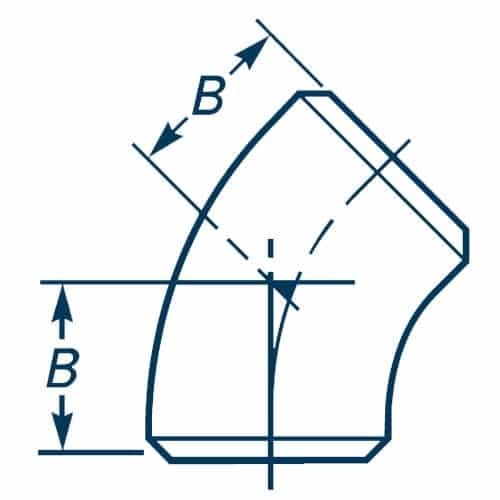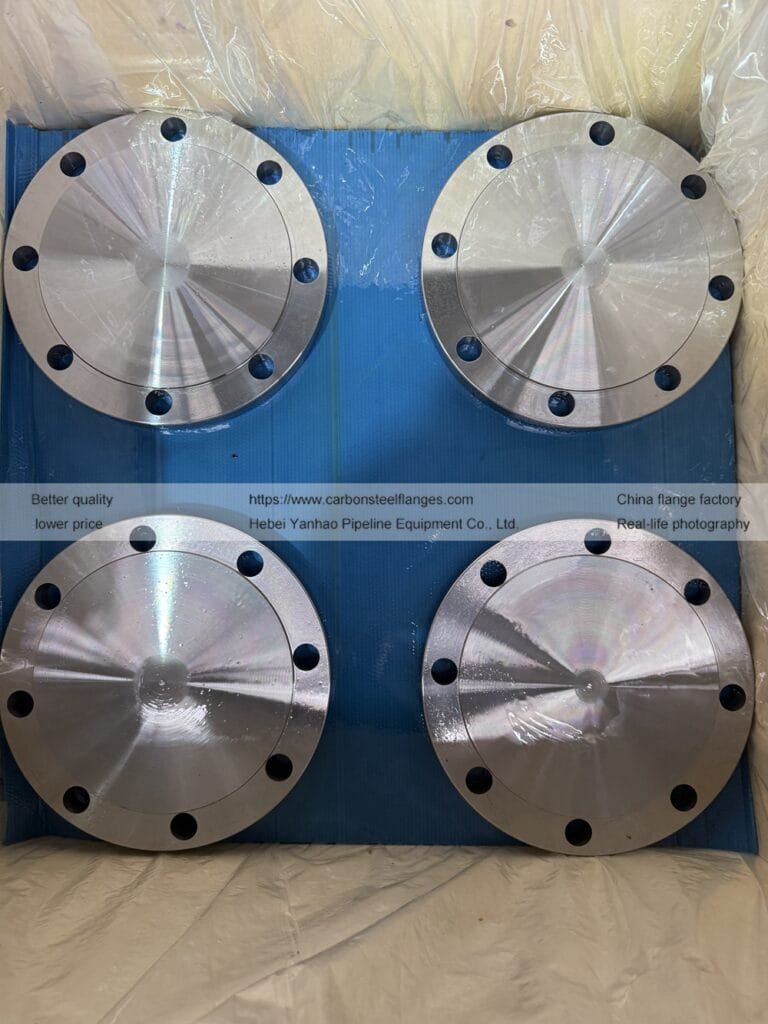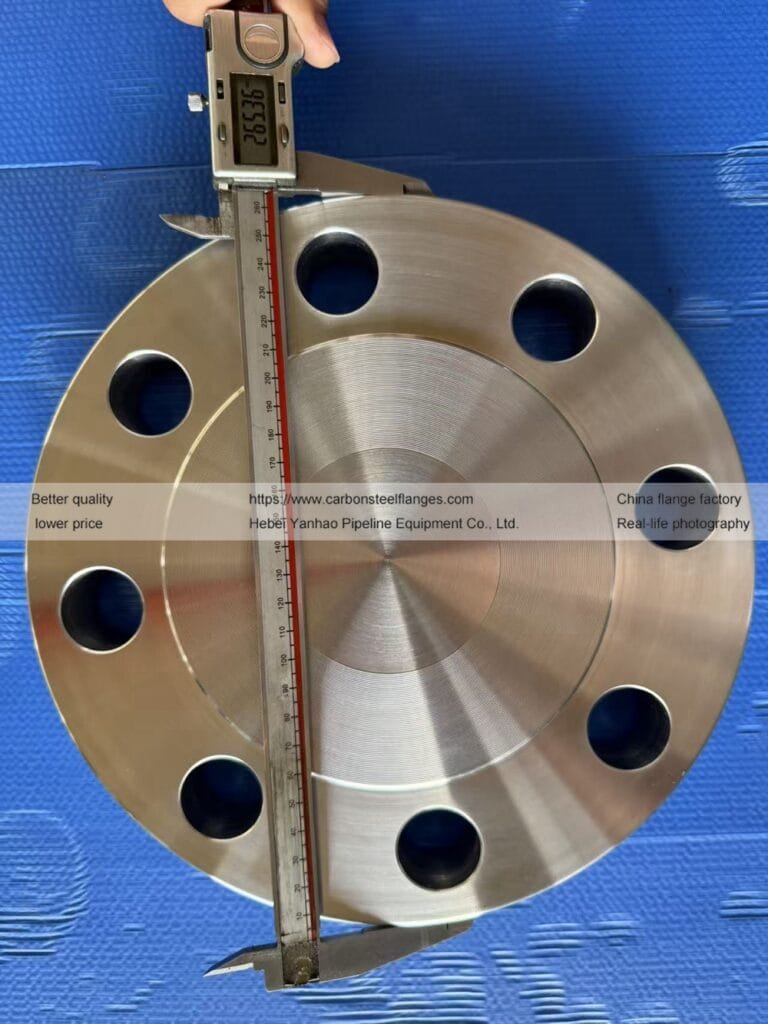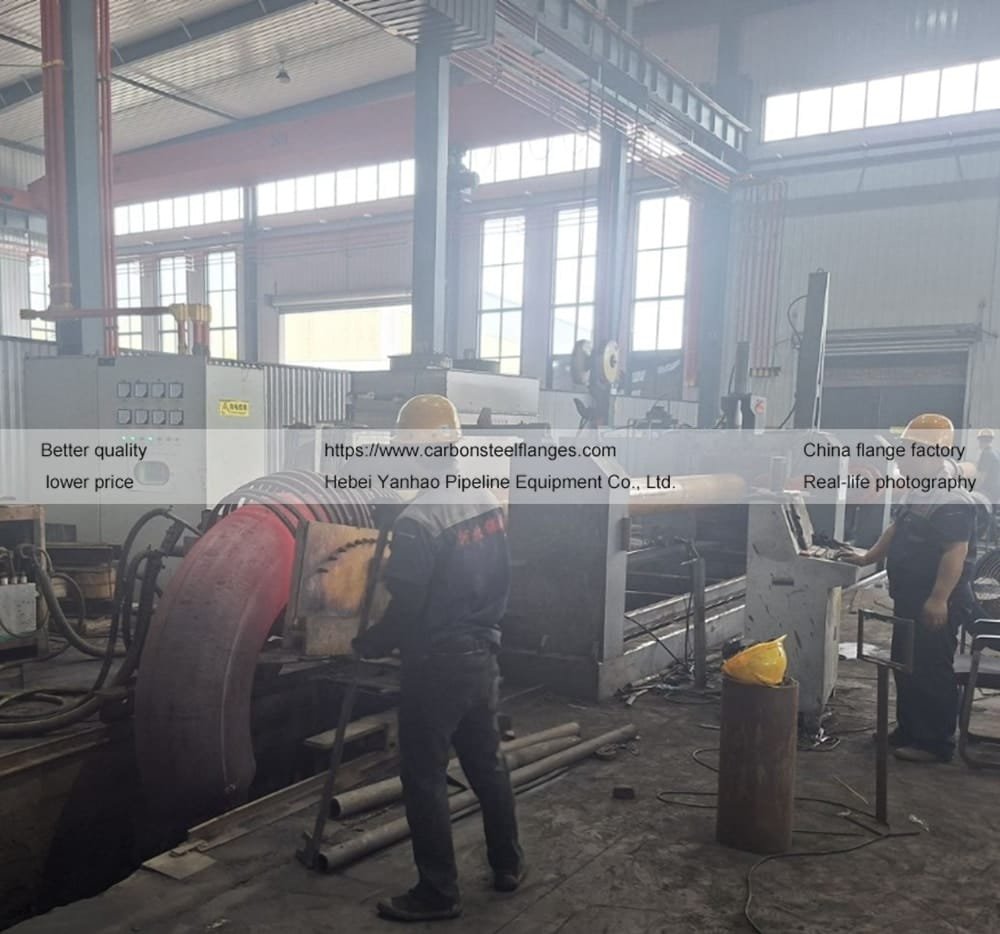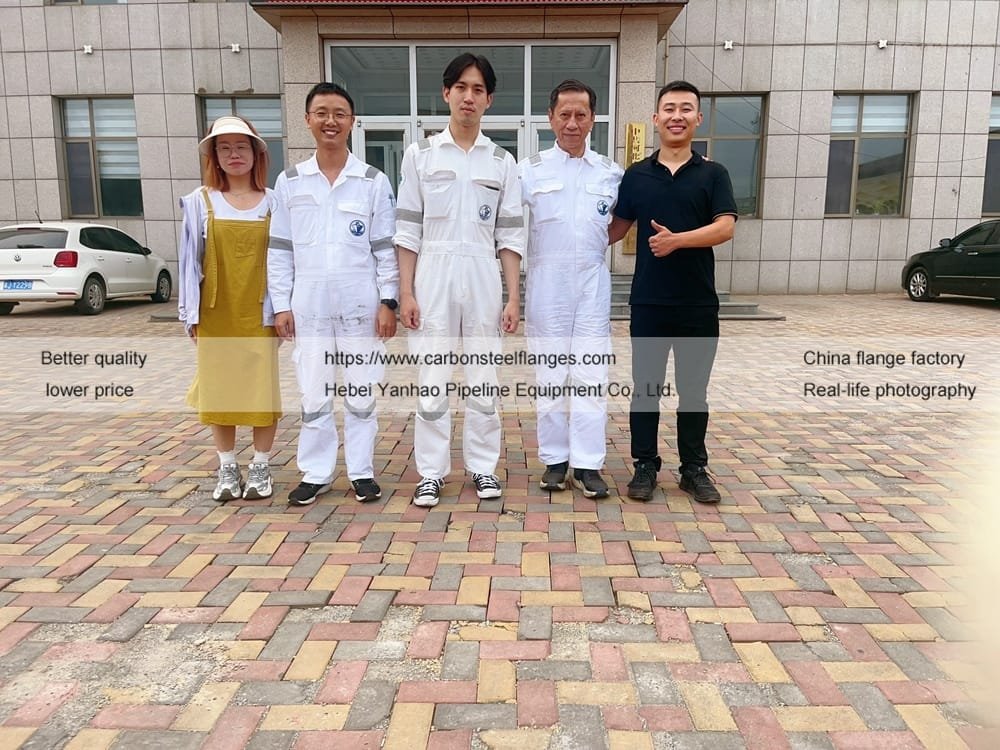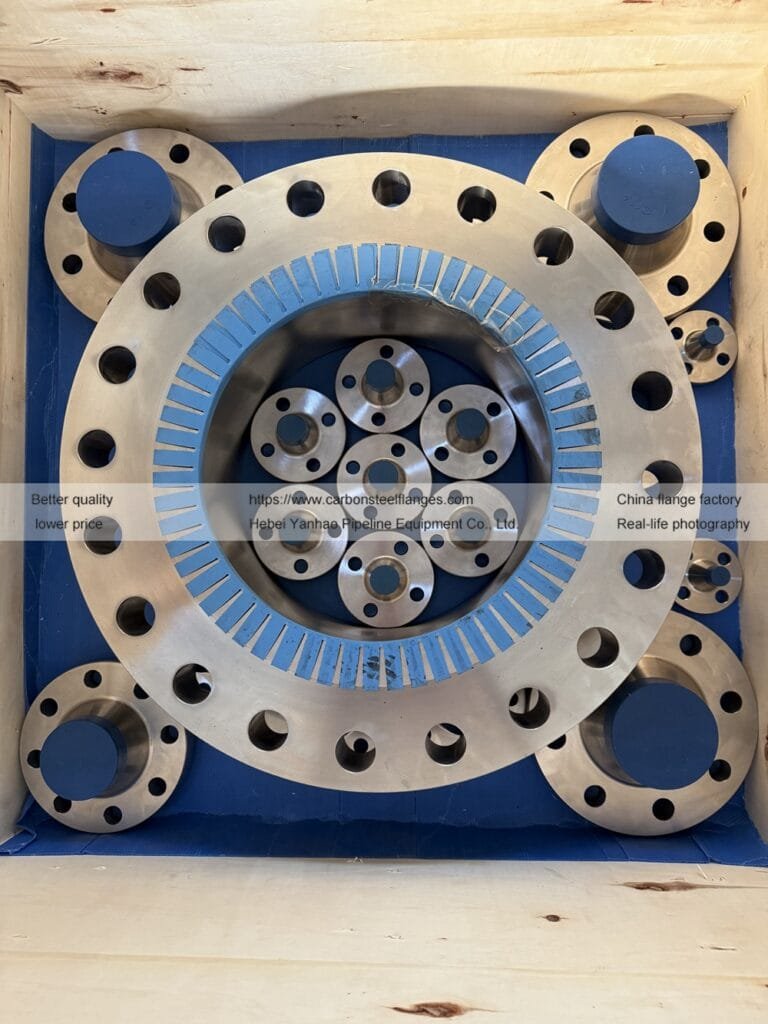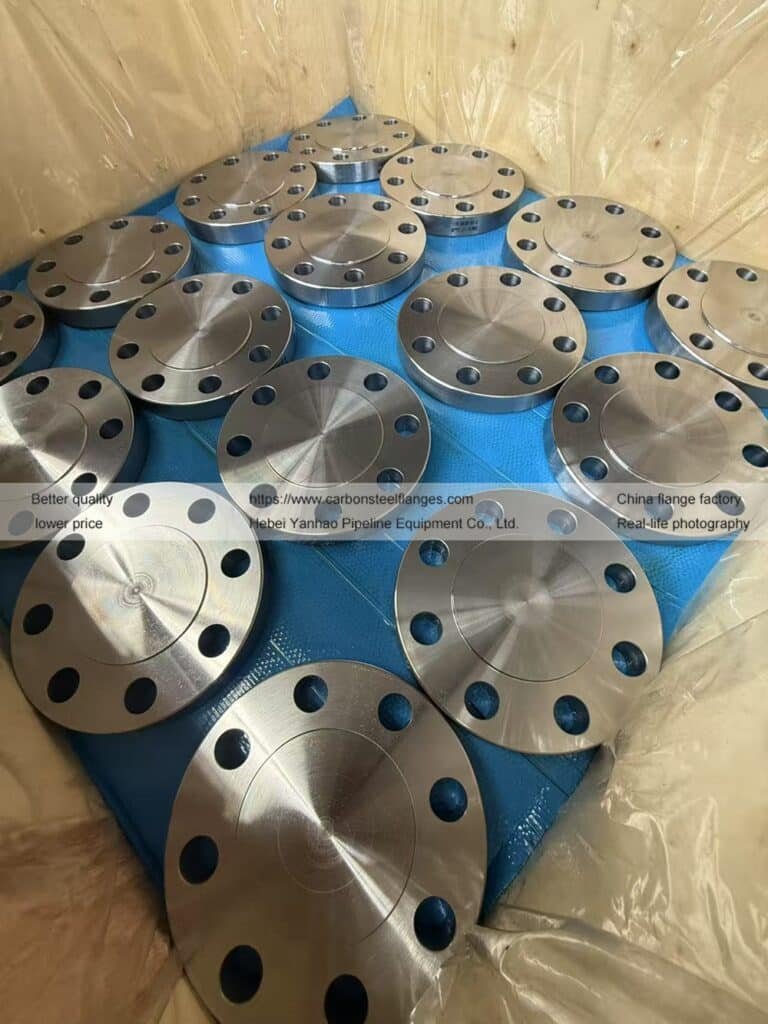45-degree Elbow Pipe Fitting
YANHAO is a professional elbow manufacturer, supplier and exporter. We can produce long radius 45-degree seamless elbows (ASME B16.9 standard). These elbows are made of carbon steel, stainless steel or alloy steel materials, with small flow pressure loss, strong system compatibility, and will not easily cause corrosion, pitting, rust, or wear in the pipeline system. At the rated operating temperature and pressure, the service life reaches more than 50 years. It can be connected to other pipelines through welding neck flanges, threaded flanges and socket welding flanges.
According to the project requirements, we can also produce other non-normal angle elbows including 60°, and also customize elbows with different wall thicknesses as required.
- Types: Elbow
- Degree: 45°
- Sizes: 3/4″ to 48″ NPS
- Material: Carbon Steel & Alloy Steel & Stainless Steel
- Production: Hot Pushing, Stamping, Socket Welding
45-Degree Elbow dimensions
NOTE : All dimensions are in millimeters.
| Nominal Pipe Size | Outside Diameter at Bevel | B |
|---|---|---|
| 3/4 | 26.7 | 24 |
| 1 | 33.4 | 31 |
| 1 1/4 | 42.2 | 39 |
| 1 1/2 | 48.3 | 47 |
| 2 | 60.3 | 63 |
| 2 1/2 | 73 | 79 |
| 3 | 88.9 | 95 |
| 3 1/2 | 101.6 | 111 |
| 4 | 114.3 | 127 |
| 5 | 141.3 | 157 |
| 6 | 168.3 | 189 |
| 8 | 219.1 | 252 |
| 10 | 273 | 316 |
| 12 | 323.8 | 378 |
| 14 | 355.6 | 441 |
| 16 | 406.4 | 505 |
| 18 | 457 | 568 |
| 20 | 508 | 632 |
| 22 | 559 | 694 |
| 24 | 610 | 757 |
| 26 | 660 | 821 |
| 28 | 711 | 883 |
| 30 | 762 | 964 |
| 32 | 813 | 1010 |
| 34 | 864 | 1073 |
| 36 | 914 | 1135 |
| 38 | 965 | 1200 |
| 40 | 1016 | 1264 |
| 42 | 1067 | 1326 |
| 44 | 1118 | 1389 |
| 46 | 1168 | 1453 |
| 48 | 1219 | 1516 |
YANHAO typically uses the following elbow material grades:
These materials possess excellent abrasion resistance, corrosion resistance, and heat resistance, and can be widely used in the power, metallurgy, mining, and chemical industries for the transportation of sand, stones, coal powder, slag, aluminum liquid, and corrosive media. They are also suitable for high-temperature steam transportation pipelines, water-gas pipelines, and other transportation pipeline systems.
short Radius Elbow
Different from long radius elbow, short radius elbow means that its radius of curvature is equal to the outer diameter of the pipe, that is, R = 1.0D (D is the diameter of the elbow, R is the radius of curvature); short radius elbow is generally used in occasions with limited size or in low-pressure fluids. In addition, short radius elbows are also used as special solid particle conveying pipelines in some cases to reduce friction and scouring. Generally, short radius elbows are used in places where the installation environment is relatively cramped.
According to different manufacturing methods, it can be divided into push elbow, extrusion elbow and welded miter elbow. Push elbows and squeeze elbows are commonly used on small and medium-sized pipes. Welded miter elbows are used on large-size pipelines. When the miter angle of the miter elbow is greater than 450, it is not suitable to be used on pipelines with highly toxic or flammable media, or withstand mechanical vibrations and alternating loads caused by temperature changes. on the pipeline
